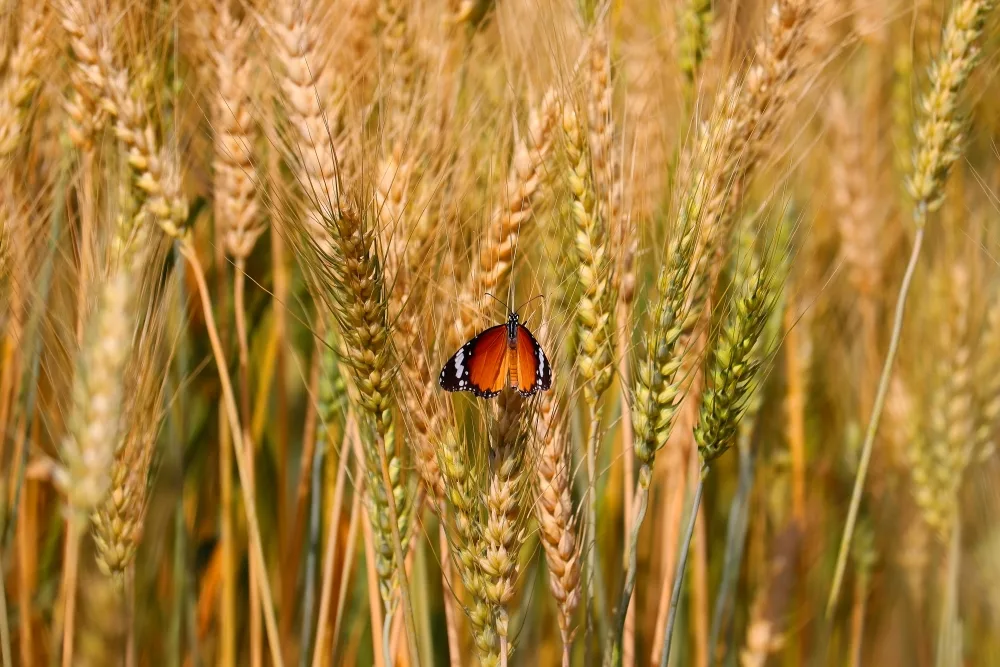Your browser doesn’t support HTML5 audio
The U.S. Fish and Wildlife Service (USFWS) has proposed listing the monarch butterfly as a threatened species under the Endangered Species Act, sparking a wide range of reactions from stakeholders. The proposal aims to gather public input on species-specific protections and strategies to promote conservation efforts for the iconic pollinator.
Texas Commissioner of Agriculture Sid Miller expressed criticism, describing the proposal as regulatory overreach. However, other voices in the agricultural sector view the initiative differently.
Josette Lewis, Vice President and Chief Scientific Officer for the Almond Board of California, sees the proposed listing as a chance for the farming community to demonstrate its role in fostering biodiversity.
“The U.S. Fish and Wildlife Service decided to list the monarch butterfly as a threatened species, and we also have some potential native bee endangered species listings here in California,” said Lewis. “It’s an opportunity for growers to show that agriculture is part of the solution to native pollinators.”
The decision highlights the growing concern for pollinator populations, which are crucial for many crops but have faced habitat loss and other challenges. It also raises important regulatory questions due to the monarch butterfly’s expansive habitat range across North America.
Wendy Caldwell, Executive Director of the Monarch Joint Venture, emphasized the complexity of the situation.
“That’s a lot of what the concern and dialogue is about—what does this mean for me and my land?” said Caldwell. “Since monarchs and potential monarch habitats could be almost anywhere, it’s a complicated topic. That’s why the USFWS is seeking public comment to shape a balanced ruling that furthers conservation efforts without imposing restrictions that discourage participation.”
Caldwell’s organization, Monarch Joint Venture, encourages people to voice their perspectives during the public comment period. The input will help refine policies and ensure they balance conservation goals with practical land use considerations.
The proposal represents a milestone in conservation efforts for the monarch butterfly, whose population has dramatically declined in recent decades. For agriculture and environmental groups, the decision provides an opportunity to collaborate on effective solutions while addressing the needs of both biodiversity and farming communities.

